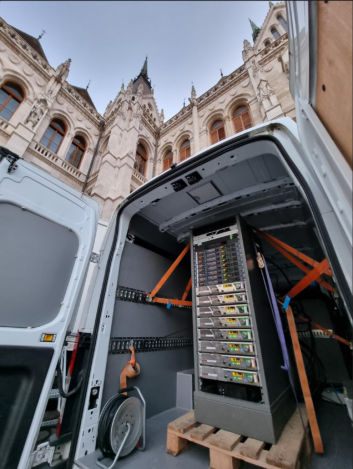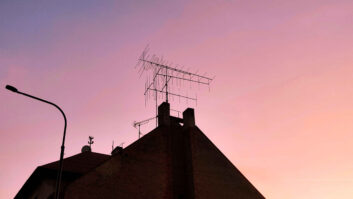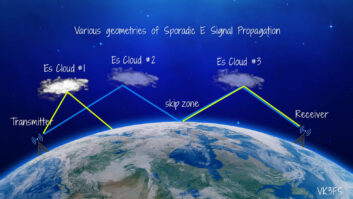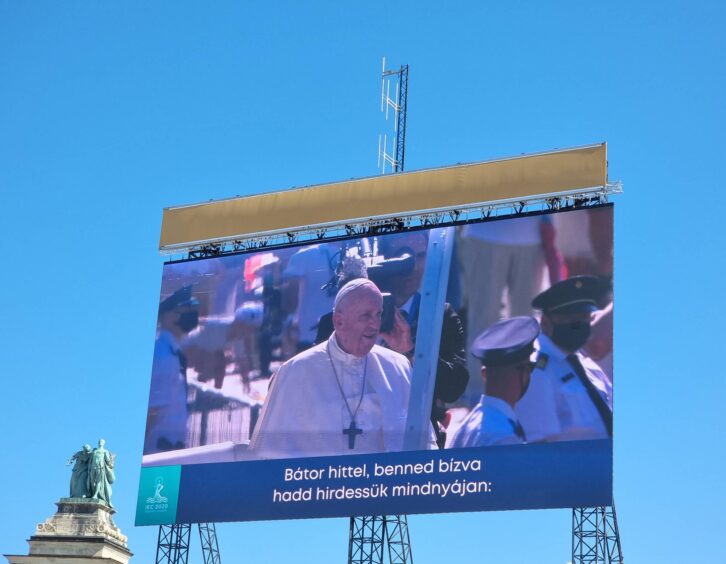
A papal visit is always a huge event that requires a large degree of planning, collaboration and cooperation. For transmission solutions provider Nagyfrekvencia Kft. the 52nd International Eucharistic Congress in 2021 was also a unique opportunity to craft a unique, short-term FM network.
The International Eucharistic Congress is a Catholic celebration held regularly since 1881 with open-air masses and devotional ceremonies held over several days. IEC2020 was an especially important celebration both because it was the first congress held after the lifting of COVID restrictions and because Pope Francis I would be the first pope to lead a worship service at the event in two decades.
With people converting on Budapest for the event from around the world and with IEC2020 events happening at a variety of sites, the organizers needed a reliable way to deliver information to attendees. Kommtech Kft., the company responsible for technical solutions for communications at the congress, hired Nagyfrekvencia to fill this need.
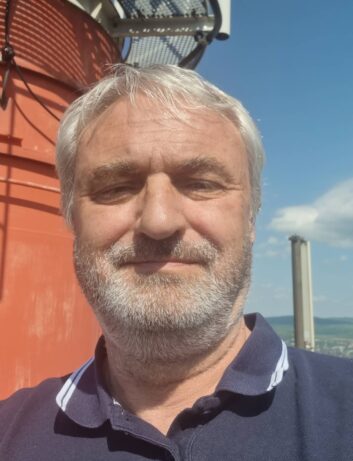
Using Elenos ETG/ET Indium FM transmitters, Nagyfrekvencia built an eight-channel mobile FM transmission network. The system was moved and reinstalled each day of the week-long event.
“It was an informational, emergency and simultaneous interpretation system broadcasting in six languages with two spare channels,” said János Murányi, owner of Nagyfrekvencia. To accommodate the network, the Hungarian broadcast regulator, Nemzeti Média- és Hírközlési Hatóság, authorized the use of eight vacant frequencies with a maximum of 100 W ERP per channel.
Thousands of portable receivers were distributed to attendees to tune to the broadcasts, but the portable units were only effective within a few kilometers of the broadcast antennas.
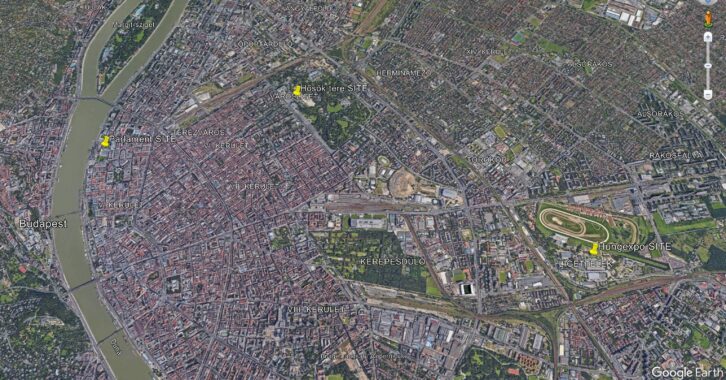
To cover all the necessary congress event, Murányi said three sites, 3 to 6 kilometers distant from each other without any overlap, were identified. “The antennas were pre-installed at all three sites, we only moved between the sites with the eight transmitters and the combiner filter installed in the car,” he said.
Studio equipment for the project was provided by Kommtech.
Nagyfrekvencia has been an Elenos dealer and partner for 20 years. Eight of the manufacturer’s ETG500 low-power transmitters were used for the project along with AxelTech Falcon X5 FM processors. A Pira RDS encoder; Sonifex codec; a variety of filters/combiners from Electrolink, Multicom and Elti; and nine Label Italy yagi/dipole antennas were also used on the project.
The company also developed a telemetry module for the project to provide remote control via SMS/4G and a remote reset function.
“It was a very unusual situation and complex problem that eight channels must be provided with mobile equipment at different sites and moving it all in a short time,” said Murányi. “It was particularly hard to fix them for transport and control the entire system with telemetry.”
As one might expect, there were some unexpected complications during the event. Murányi said that the LED walls supplied by another contractor were extremely sensitive to the RF emitted by the transmission network. Nagyfrekvencia worked with the other team to mitigate the issue. “We set the optimal output power by coordinating with the other team. Depending on the antenna distance, a −3 to −6 dB reduction solved the problem,” Murányi said.
“We have done some similar projects, but this was the biggest one. Eventually everything worked well, and everybody was satisfied,” he said.
Read about more notable RF projects in the new ebook “Great New RF Installs.”
